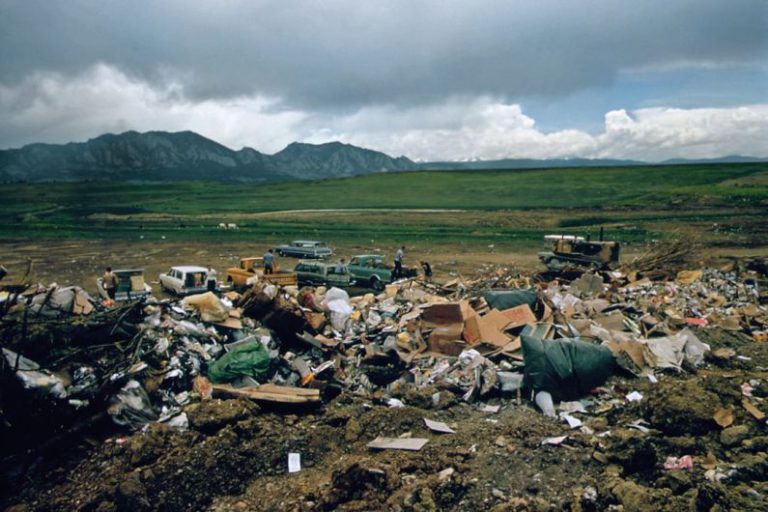The Water Footprint of Tire Retreading Vs. New Tire Manufacturing
When it comes to the sustainability of the automotive industry, one key aspect that often goes unnoticed is the water footprint of tire retreading versus new tire manufacturing. Both processes play a crucial role in the lifecycle of tires, impacting not only the environment but also resources and energy consumption. In this article, we will delve into the water footprint of these two methods, highlighting the differences and implications for the environment.
**The Water Footprint of Tire Retreading**
Tire retreading is a process that involves restoring worn tire treads to extend the lifespan of the tire. This method is gaining popularity due to its cost-effectiveness and environmental benefits. In terms of water usage, tire retreading requires significantly less water compared to manufacturing new tires. The process involves cleaning and inspecting the tire casing, buffing away the old tread, applying new tread, and curing the tire in a mold. These steps involve minimal water usage, primarily for cleaning purposes.
Furthermore, the water footprint of tire retreading is also lower because it reduces the demand for raw materials such as rubber, which are water-intensive to produce. By reusing the existing tire casing, retreading helps conserve resources and reduces the overall environmental impact of tire production. Additionally, the energy required to retread a tire is generally lower than manufacturing a new tire, further contributing to sustainability efforts.
**The Water Footprint of New Tire Manufacturing**
In contrast, the process of manufacturing new tires is water-intensive and has a significant impact on the environment. From extracting raw materials such as natural rubber and synthetic rubber to the various stages of tire production, water is used extensively throughout the supply chain. For example, the cultivation of natural rubber trees requires significant amounts of water, as does the processing of rubber latex into usable materials for tire manufacturing.
Moreover, the manufacturing process itself involves multiple stages that consume water, including mixing and compounding rubber, shaping and curing the tire, and testing for quality control. Each of these steps adds to the overall water footprint of new tire production. Additionally, the disposal of waste materials and byproducts from tire manufacturing can also contribute to water pollution if not managed properly.
**Comparing the Two Methods**
In a direct comparison, tire retreading emerges as the more sustainable option in terms of water footprint. By reusing existing tire casings and requiring minimal water usage during the retreading process, this method significantly reduces the overall environmental impact of tire maintenance. In contrast, new tire manufacturing not only consumes more water but also contributes to resource depletion and pollution.
Furthermore, the benefits of tire retreading extend beyond water conservation. This method also helps reduce greenhouse gas emissions, energy consumption, and waste generation, making it a holistic solution for sustainable tire management. As industries and consumers alike shift towards more environmentally conscious practices, tire retreading presents a viable alternative to traditional tire replacement.
**In Conclusion**
The water footprint of tire retreading versus new tire manufacturing highlights the importance of adopting sustainable practices in the automotive industry. By choosing to retread tires instead of manufacturing new ones, individuals and businesses can significantly reduce their water usage and environmental impact. While new tire production remains a necessity, promoting the widespread adoption of tire retreading can help mitigate the adverse effects of tire manufacturing on the environment. Embracing innovative solutions like retreading is essential in creating a more sustainable future for the automotive sector.






